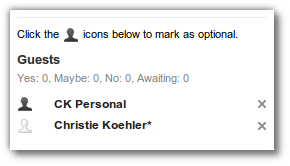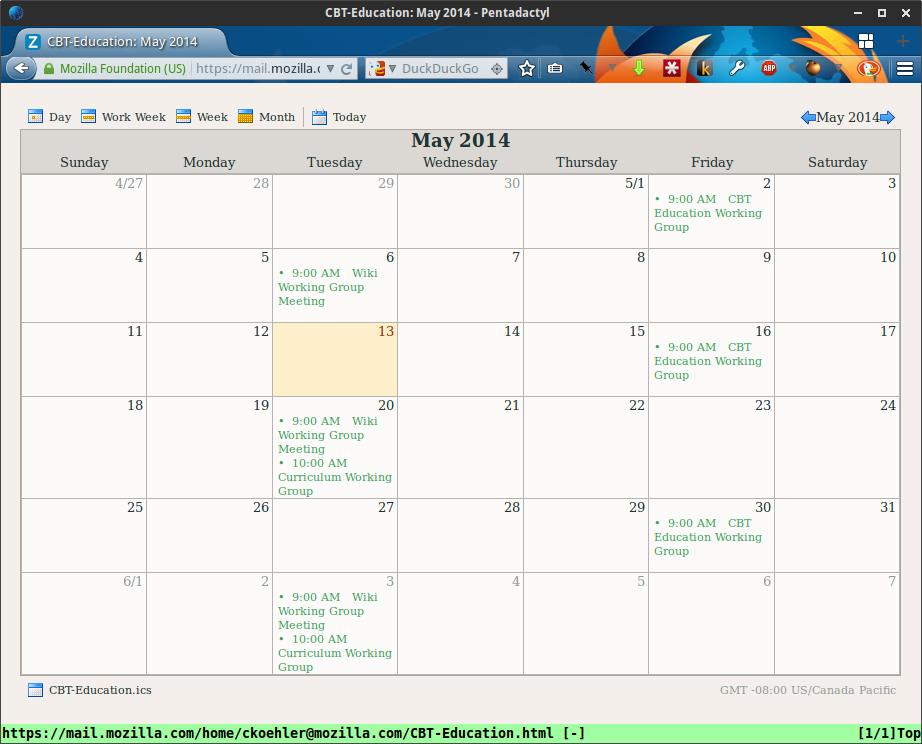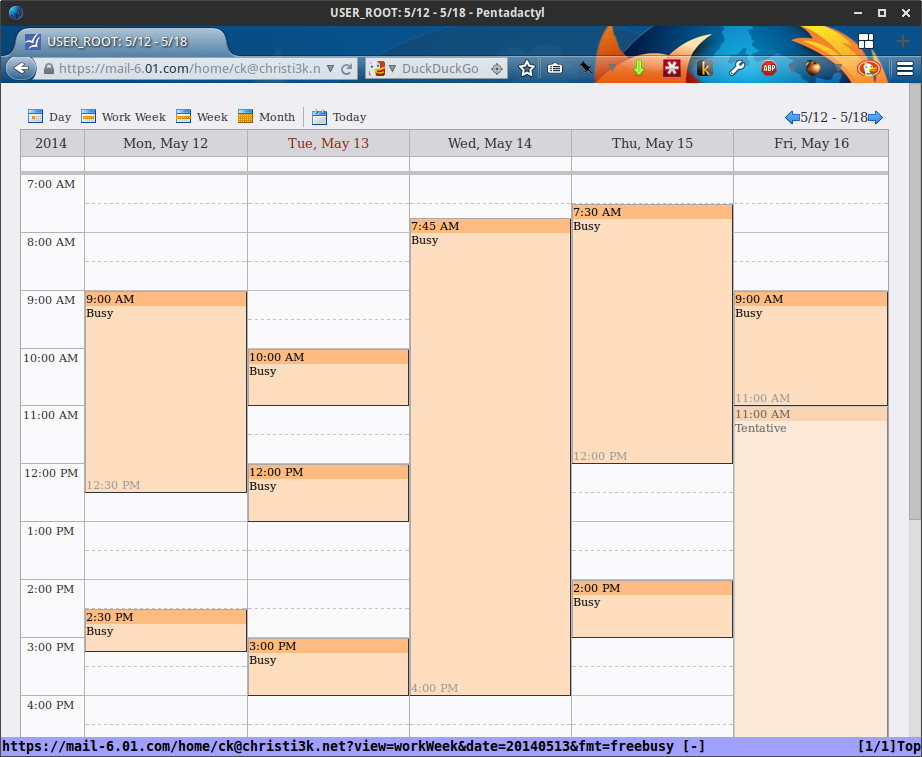Recently I’ve been thinking a lot about how to make more time for meaningful project work as well as for rest. One way to free up time has been to significantly reduce the number of meetings I attend and facilitate, and to make those meetings as efficient as possible when I do attend.
This post focuses specifically on better scheduling techniques. If you find it useful, you might also find Strategies for Facilitating Better Meetings useful.
Idea 1: Only schedule meetings when there are no other effective options.
Meetings take up a lot of time. An hour long meeting doesn’t just take an hour, it takes an hour per person who attends the meeting. There’s also an opportunity cost associated with meetings. When you’re in meetings, you aren’t getting any other work done. The opportunity cost is multiplied if you have work that that requires long blocks of uninterrupted time. On days where I an hour of free time interspersed between meetings are days where I completed nothing but superficial tasks.
In general, always aim for fewer meetings. Before scheduling a meeting, ask yourself what the goal of the meeting is, and can that goal be accomplished in another, preferably asynchronous way.
There’s a caveat to this idea, however. If while discussing a topic in an asynchronous channel and you realize going round and round without progress or are otherwise not making progress, it’s time to move to a synchronous channel. This might be a video or telephone call or an IRC chat.
Idea 2: Schedule the shortest meeting possible.
Think about your goal, the number of people attending and then pick a meeting length accordingly. Many people default to hour long meetings for no other reason than it’s the default of many calendaring tools, and we’re used to thinking in full-hour increments. Take a look at your agenda. Do you need a full hour to get through it? Would 30 or 45 minutes work instead? Treat people’s time as the valuable and finite thing that it is and only ask for what you absolutely need.

Idea 3: Use a calendar tool to create and send a meeting invite.
Zimbra, Thunderbird via Lightning, iCal, Google Calendar, Outlook. Most email clients have this built in, so you shouldn’t have to think too hard and nor should your recipients. If you’re self-hosting email or on an otherwise non-mainstream hosted email, you probably have enough technical savvy to figure out how to send a calendar invite. Why? For those of us who live and die by our calendars, if something is not on there, it isn’t happening. Or it is, but I don’t need to know about it. Sending a calendar invite bypasses my often overwhelmed email queue and gives me the opportunity to respond in a routinized way without having to get to inbox zero.
Idea 4: Only invite those who really need to attend.
Call out attendees who are truly optional (many calendar tools have this feature, if not, use the invite body). Your agenda should give an good indication to invited attendees why they need to attend. Keep an eye out for acceptances and declines and follow-up accordingly. Don’t wait until the meeting has started to try and track down a necessary participant who didn’t respond to your meeting invite.


Idea 5: Manage large, group meetings using shared calendars instead of individual invites.
In the case of large, group meetings, I recommend using shared calendars instead of sending invitations to individuals or even groups of individuals. These work best for meetings where attendance is medium to very large, attendance is optional and variable, and the content of the meetings are largely updates with room for discussion. Using shared calendars allows people to subscribe to the calendars of events or groups for which they are interested in participating and gives them control over how to manage that information in their own calendars. With a shared calendar, a person can toggle visibility and choose whether or not those appointments will affect their free/busy status without having to respond to individual invites.

Idea 6: Share your own calendar whenever possible
Sharing your own calendar allows others to initiate meetings with you without having to go back and forth via email asking ‘what time is good.’ Doodle and other websites accomplish similar things, but take time to setup. If you share your calendar publicly and let people know about it, they can compare it with their own schedules and send an invite for a time that seems to work for both of you. If the time doesn’t actually work for you, you can decline or respond suggesting a new time. You won’t necessarily eliminate the back-and-forth with this method, but at least you’re a step closer. When someone sends you an invite, your time is blocked as tentative and there’s less of a chance you’ll be booked for something just after you’ve told someone via email you were free at that time.
What about privacy? Most calendars allow you to set not only the visibility of individual appointments (private vs public), but also to what extent you share the details of your calendar. Here’s what my public calendar , which is a combination of my personal and work calendars, looks like:

I’ve chosen to share only the free/busy status of my calendar, so all you see are blocks of time say ‘busy’ and ‘tentative’ depending on how I’ve responded to appointments. For me, this is a good mix of privacy vs the convenience of easier scheduling with other people.
Idea 7: Respond to meeting invites timely and accordingly
Whenever possible, respond to meeting invites timely and accordingly. This means accepting, declining or tentatively accepting invites that you receive. What constitutes ‘timely’ here is contextual. When I receive the initial invitation for a regular recurring meeting, I either accept all as tentative (thus blocking my schedule) or do nothing. Then at the beginning of each week, I look 2-3 weeks ahead and make sure I’ve either accepted or declined according to my availability. For meetings happening on the same day as I receive the invite, I try to accept or decline as soon as I see the invitation. For meetings happening within the week, I try to respond the same day I receive the invite. If I don’t know whether or not I can attend, I respond with a tentative acceptance and often provide the reason or a clarifying question: “I most likely have a conflict at this time, but could potentially move it. How important am I to this discussion?”
What are you strategies?
What strategies do you have to make scheduling easier, better, more productive? Leave them in the comments. Or tweet at me.
